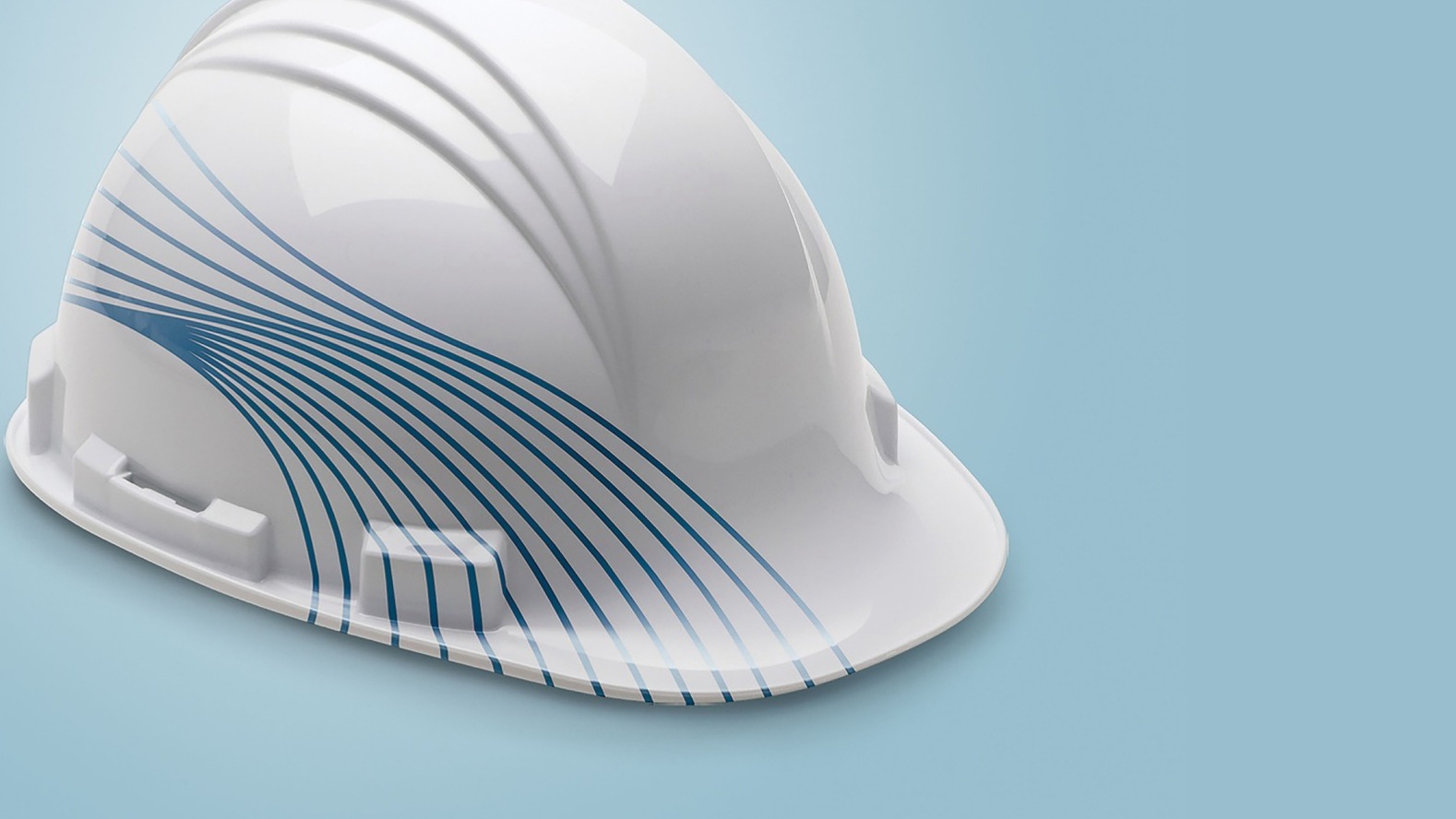
DIY Insulation Tips for Homeowners
Introduction
Insulation is a vital component of any home, helping to regulate temperatures, improve energy efficiency, and enhance overall comfort. While hiring a professional insulation contractor is recommended for optimal results, there are certain insulation projects that homeowners can tackle on their own. In this article, we will provide DIY insulation tips for homeowners looking to improve their home's insulation. From selecting the right materials to executing proper installation techniques, these tips will help you embark on a successful DIY insulation project. Let's get started!
1. Assess Your Insulation Needs
Before diving into a DIY insulation project, it's essential to assess your insulation needs. Determine which areas of your home require insulation improvement. Common areas include attics, walls, crawl spaces, and basements. By identifying these areas, you can prioritize your efforts and allocate resources accordingly.
2. Research Insulation Materials
There are various insulation materials available in the market, each with its unique properties and benefits. Research different types of insulation materials such as fiberglass batts, cellulose, or spray foam. Consider factors such as R-value, moisture resistance, and ease of installation to determine the most suitable material for your project.
3. Calculate Insulation Requirements
To ensure adequate coverage and effectiveness, it's crucial to calculate the required insulation quantity for your project. Measure the area to be insulated and consult insulation product specifications to determine the recommended thickness and coverage. This calculation will help you estimate the amount of insulation material needed for your DIY project.
4. Gather the Necessary Tools and Supplies
Before starting your DIY insulation project, gather all the necessary tools and supplies. Common items include a utility knife, tape measure, safety goggles, gloves, a staple gun, and insulation material-specific tools. Having all the required tools on hand will streamline the installation process and prevent interruptions.
5. Ensure Proper Safety Precautions
Insulation installation can involve hazards such as sharp objects, airborne particles, and working at heights. Prioritize safety by wearing appropriate protective gear, such as safety goggles, gloves, and a dust mask. If working in confined spaces or at heights, consider using a safety harness or having a spotter present for added security.
6. Seal Air Leaks and Gaps
Before installing new insulation, address any existing air leaks or gaps in your home. Use caulking or weatherstripping to seal gaps around windows, doors, electrical outlets, and plumbing penetrations. Properly sealing these areas will enhance the effectiveness of your insulation and prevent energy loss.
7. Install Insulation According to Manufacturer Guidelines
Follow the manufacturer's guidelines and recommendations when installing insulation. Different insulation materials have specific installation techniques. For example, fiberglass batts require careful handling to avoid compressing the material, while spray foam insulation may require proper mixing and application techniques. Adhering to these guidelines will ensure optimal insulation performance.
8. Insulate Attics and Crawl Spaces
Attics and crawl spaces are critical areas for insulation improvement. Ensure proper insulation coverage in these spaces to prevent heat loss and energy wastage. Install insulation batts or rolls between attic joists and crawl space beams, ensuring a snug fit and no gaps.
9. Consider DIY-Friendly Insulation Options
If you're new to DIY insulation projects, consider options that are more DIY-friendly. Certain insulation materials, such as fiberglass batts or blown-in cellulose, are relatively easier to install compared to spray foam. Starting with these materials can help build confidence before tackling more complex insulation projects.
10. Seek Professional Assistance When Needed
While DIY insulation projects can be rewarding, there are instances where professional assistance is necessary. If your insulation needs involve complex structures, hard-to-reach areas, or extensive renovations, it's advisable to hire a professional insulation contractor. They have the expertise and tools to handle challenging projects efficiently.
Frequently Asked Questions (FAQs)
Q1. Can I insulate my walls without professional help?
Insulating walls can be a complex task, involving considerations such as electrical wiring, plumbing, and vapor barriers. While it's possible to insulate walls yourself, it's recommended to seek professional help for optimal results and to avoid potential complications.
Q2. Can I use recycled materials for insulation?
Yes, certain insulation materials, such as recycled denim or cellulose made from recycled paper, are available in the market. These materials offer environmentally friendly options for insulation projects.
Q3. Can I install insulation over electrical wires or fixtures?
It's important to exercise caution when installing insulation around electrical wires and fixtures. It's recommended to consult with an electrician to ensure proper safety measures are in place and to avoid any potential fire hazards.
Q4. How do I know if my DIY insulation project is successful?
After completing your DIY insulation project, monitor the temperature and energy efficiency of your home. If you notice improved comfort and reduced energy consumption, it's an indication that your insulation project was successful.
Q5. Are there any government incentives or rebates for DIY insulation projects?
Some government programs offer incentives or rebates for energy-efficient home improvements, including insulation projects. Check with your local government or utility companies to determine if there are any available incentives or rebates in your area.
Q6. How often should I inspect and maintain my DIY insulation?
It's recommended to inspect your insulation periodically, especially after severe weather events or renovations that may have impacted its integrity. Regular maintenance includes checking for signs of damage, moisture, or pest infestations that could compromise insulation effectiveness.
Conclusion
Embarking on a DIY insulation project can be a fulfilling and cost-effective way to improve your home's energy efficiency and comfort. By following these DIY insulation tips, conducting thorough research, and prioritizing safety, you can achieve successful insulation outcomes. Remember to seek professional help when needed and to adhere to manufacturer guidelines for optimal results. Enjoy the benefits of a well-insulated home and reduced energy costs with your DIY insulation project.